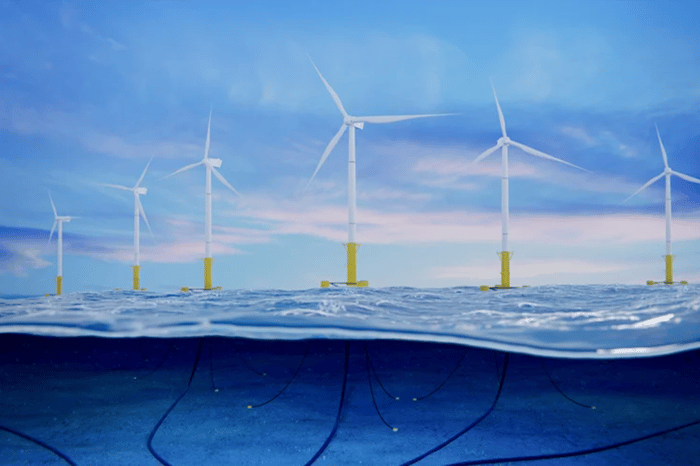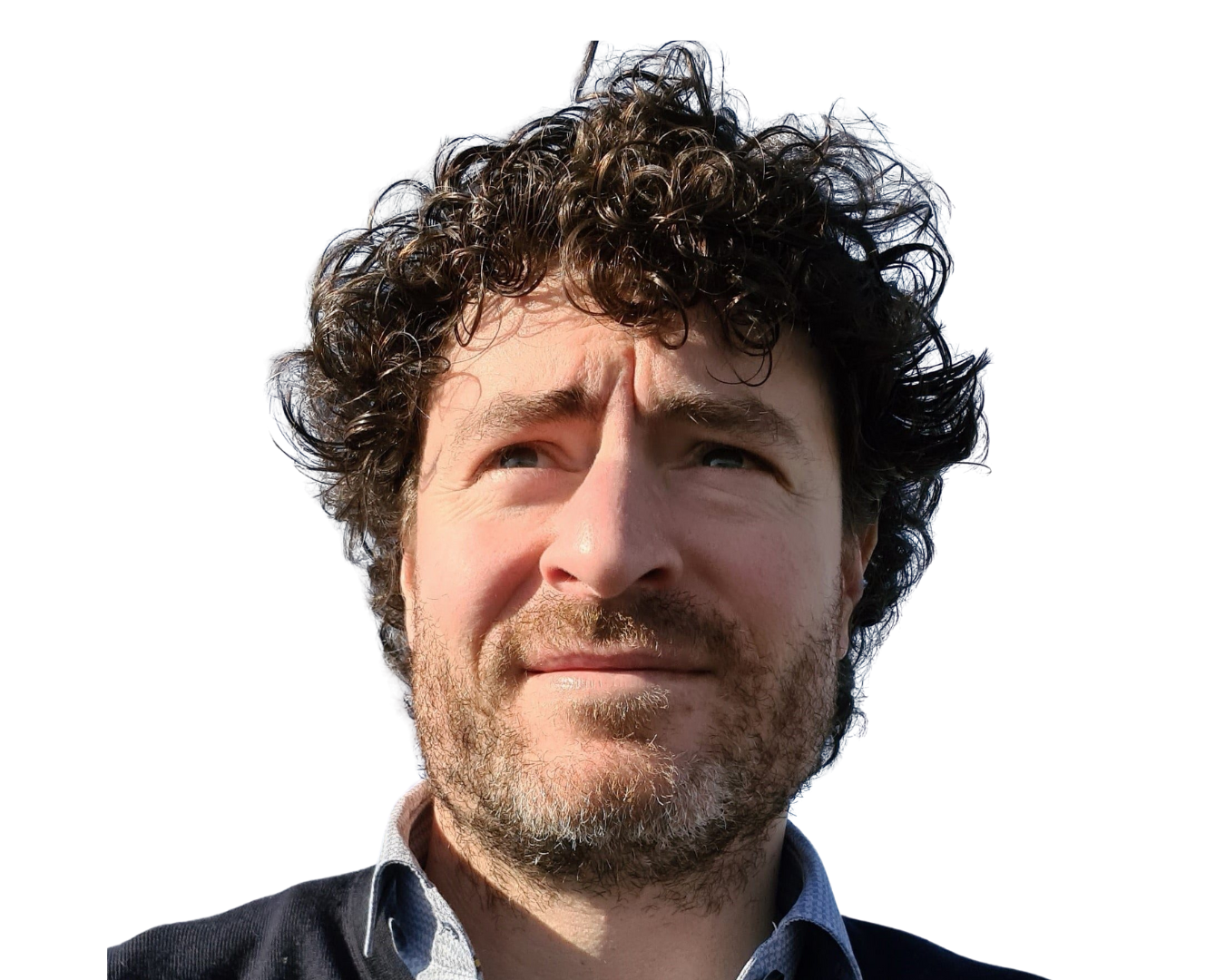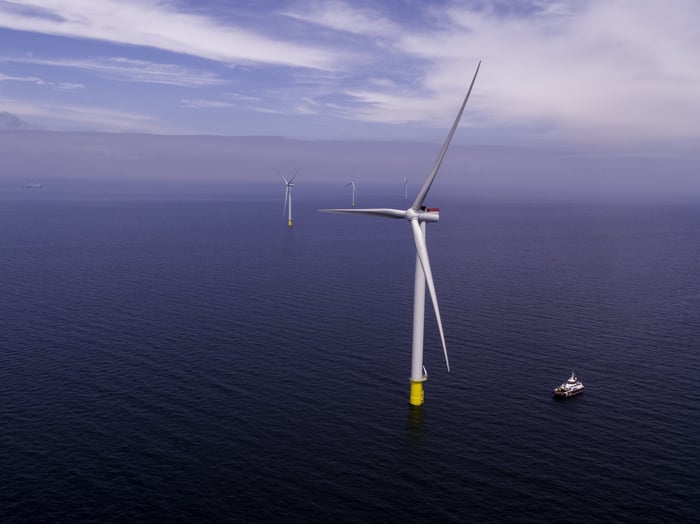
About the Course
This comprehensive course is designed to provide participants with an in-depth understanding of High Voltage Direct Current (HVDC) technology and its critical role in integrating offshore wind energy into the grid. Throughout the course, learners will explore foundational principles and advanced concepts of HVDC systems, including detailed comparisons with HVAC systems. Participants will gain insights into the technical aspects of HVDC configurations, design considerations, and control systems, supported by real-world case studies and the latest industry advancements. Key topics include space planning for onshore converter stations and offshore platforms, current market trends, supplier landscapes, and a thorough economic analysis encompassing cost-benefit analysis, ROI, and financial modelling.
The course also delves into advanced topics such as emerging HVDC technologies, environmental sustainability, and health and safety considerations. Learners will examine regulatory frameworks, installation challenges, commissioning processes, and long-term operation and maintenance strategies. Grid resilience and lifecycle assessments are covered, ensuring participants develop a holistic understanding of HVDC projects from design to decommissioning.
Course Content
-
Day One
HVDC Introduction
-
Overview of HVDC technologies and their historical developments
-
Recent advancements and emerging trends in HVDC technology
-
Key milestones in HVDC evolution and their impact on grid infrastructure
-
Latest applications in renewable energy integration and grid stability
HVDC vs HVAC Systems
-
Basic principles and transmission concepts
-
In-depth comparison with HVAC systems
-
Analysis of power loss, efficiency, and distance limitations
-
Specific applications in offshore wind farms
-
Economic and environmental considerations for choosing HVDC over HVAC
Design and Configuration
-
Configurations, design, equipment, modules, and conceptual design
-
Exploration of different configurations (monopole, bipole, back-to-back)
-
Case study of a recent HVDC project
-
HVDC transformers: function, industry standards, efficiency, and cost
Space and Layout Considerations
-
Converter station space requirements onshore
-
Offshore converter platform concepts and designs
Market Landscape
-
Market overview and supplier landscape
-
Multi-terminal hubs for HVDC: significance and applications
Economic Analysis
-
Detailed cost-benefit analysis of HVDC implementations
-
-
Day Two
HVDC Technologies and Sustainability
-
Identification of current bottlenecks and future challenges
-
Emerging technologies and innovative solutions
Environmental Impact and Health and Safety
-
SF6 phase-out and sustainability considerations
-
Health and safety aspects in HVDC projects
Reliability, Installation, and Operation
-
Methods for ensuring reliability in HVDC-connected grids
-
Common installation challenges and solutions
Project Execution and Maintenance
-
Steps and considerations for commissioning
-
Long-term operation and maintenance strategies
Regulatory Frameworks
-
Regional requirements and compliance considerations
Emerging Technologies and Digital Transformation
-
Use of big data analytics and digital twins for HVDC optimisation
Lifecycle Assessment
-
Environmental impact assessment from production to decommissioning
-
Strategies for sustainability and end-of-life management
-
Learning Outcomes
Upon completion of this course, participants will be able to:
-
Identify the key differences between HVDC and HVAC systems, including their technical, economic, and environmental aspects, and articulate the advantages and applications of
-
HVDC in offshore wind energy projects.
-
Analyse and design HVDC configurations, including monopole, bipole, and back-to-back systems, by examining real-world case studies and understanding the impact of design choices on project performance and cost.
-
Implement and manage advanced HVDC control systems, including the application of AI, and understand critical health and safety considerations necessary for HVDC projects.
-
Perform detailed economic analyses of HVDC projects, including cost-benefit analysis, and navigate the regulatory frameworks impacting HVDC system design and implementation across different regions.
-
Integrate emerging technologies and evaluate the environmental impact throughout the lifecycle of HVDC systems, from production to decommissioning, ensuring sustainable and resilient project development.
-
Class Materials
- Lecture Notes – printed and online
- Videos of selected case studies
- Multiple Choice Questions
- Interactive scenario and project-based exercises
- Provision of a curated list of research papers, reports, and articles for further reading
-
Start Dates
Our courses are delivered live online by expert tutors from 9am to 5pm each day, with class sizes capped at 12 participants to ensure personalised attention.
Upcoming dates:
- March 25th - 26th
For other dates, please speak to our team.
-
Jeenius
Participants in the course gain access to Jeenius, a cutting-edge learning platform that offers comprehensive support tools. This platform includes all course notes, recordings of the sessions for later review, and the opportunity for one-on-one support with the tutor. Additionally, Jeenius provides access to the latest insights in renewable energy enhancing the learning experience with up-to-date industry knowledge.
-
In-Company Delivery
For in-company delivery options and content customisation to meet your specific needs, please don't hesitate to reach out to us.
-
Fee
£2,495 £1,995 per person.
A discount is available if registering 3+ people.
Your Tutor

Troy Brown
B.Geo.E (Hons), B.A
LEAD CABLES TUTOR
Troy Brown has led significant projects, including the 525kV HVDC grid connections for the BP windpark and the Ostwind projects in the North and Baltic Seas. He has successfully managed grid connections for Iberdrola’s Baltic Eagle and Parkwind’s Arcadis Ost 1 Offshore Windfarms, overseeing the installation of hundreds of kilometres of 220kV HVAC subsea cables. At Vattenfall, he directed the Thanet Export Cable Replacement project and managed the subsea cable packages for major offshore wind farms like Vesterhav and Danish Kriegers Flak. His role included everything from project setup and tender preparation to budget management and government liaison, ensuring seamless project execution.
Similar Courses


